There were many accidents and disasters in the history of astronautics that were concealed. Usually, many years later, the veil of secrecy was lifted and all the details of the incidents became known. However, the disaster that occurred on February 15, 1996, in the vicinity of the Chinese Xichang Cosmodrome is not one of them. Even a quarter of a century later, many experts believe that the Chinese authorities have not publically unveiled the true death toll. So let’s talk about this not very well-known but very important event that effectively put an end to U.S.-Chinese cooperation in the space sector.
The spaceport of the new China
In the late 1960s, relations between the USSR and China deteriorated. Mao Zedong decided to openly challenge the Soviet Union as the leader of the socialist world. And what better way to demonstrate the country’s scientific and technological potential than through success in space? So the Chinese government approved a highly classified manned space program, with the goal of sending the first taikonaut into orbit by 1973.
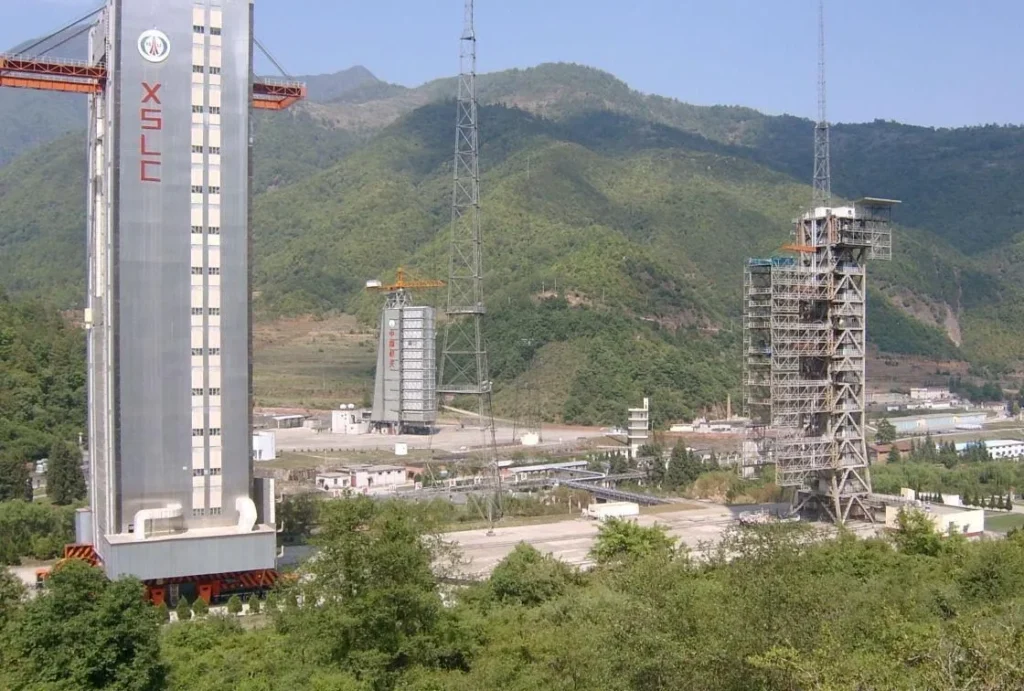
It is worth noting that there were certain reasons for such optimism. Despite its rather modest economic capabilities at the time, China managed to achieve a number of exceptional technical achievements. In 1964, the first test of Chinese nuclear weapons was conducted, and in 1970, the Celestial Empire managed to launch its first satellite into space on its own.
But to launch spacecraft, the country needed a new specialized launch site. The main priority in choosing its location was the maximum remoteness of the site from both the Soviet border and the ocean. As a result, a decision was made to build a launch complex in the territory of the Xichang city county. It was located in the depths of the country, which, according to the military, was supposed to protect it from a sudden attack by the USSR or the United States. However, there was a problem: a large number of different villages and towns were concentrated in dangerous proximity to the future spaceport. But in the context of the Cold War, this fact was neglected, and soon large-scale construction began on the territory of Xichang.
In 1972, China’s pilot program was curtailed. The consequences of the Cultural Revolution, economic problems, and lack of funds led to the fact that the Chinese authorities had to abandon the idea of sending people into space. However, at that time, significant funds had already been invested in the new launch complex, so it was mothballed until better times came.
Better times came ten years later, when China entered an era of rapid economic growth. Construction of the complex was resumed, and in 1984 the first launch was made from Xichang. Of course, the geographical location of the launch site created problems, as spent lateral boosters and first stages often fell near populated areas. But this was considered an acceptable price for technological progress.
Money rules
The 1990s were a very turbulent period for American aerospace companies. After the Challenger shuttle disaster, the government banned NASA from using winged vehicles to launch commercial cargo into orbit. Meanwhile the disposable launch vehicles of that time were very expensive. This significantly increased the cost of launches and reduced the competitiveness of American satellite manufacturers.
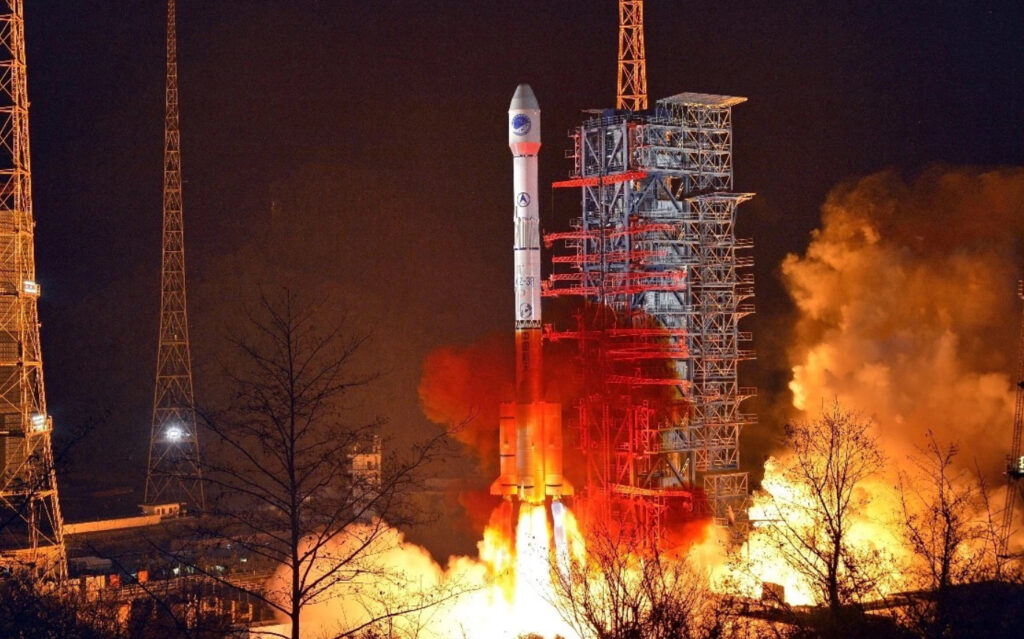
In this situation, China made the US industry an offer that could not be refused. The Chinese authorities offered to launch satellites at much lower prices than American and European launch operators. Many Western companies welcomed this initiative. They managed to lobby U.S. lawmakers to ease the very strict export restrictions that regulated the export of spacecraft abroad. They managed to do something that seemed impossible before: to organize the launch of American satellites by Chinese rockets.
The first launch contracts were soon signed. Loral company became a party to one of them. It agreed to launch several satellites, including the Intelsat-708 geostationary satellite. For this mission, it was planned to use the new Chang Zheng-3B rocket, which was to become the heaviest carrier in the Chinese arsenal. The contract for the launch of Intelsat-708 amounted to $56 million, which is about half the price of the European Ariane rocket. So, soon, American specialists began to go on business trips to China, where they were preparing for future launches.
But, as you know, everything has a price. Although Chinese carriers were significantly cheaper than Western competitors, they were not particularly reliable at the time. The Americans saw this clearly on January 26, 1995. On that day, the Chang Zheng-2E rocket was supposed to launch the Apstar 2 satellite into orbit. But shortly after the launch, it began to deviate from its course and had to be blown up 50 seconds later. The debris fell on a village house, killing a family of six.
Later, U.S. investigators concluded that the cause of the accident was the destruction of the rocket’s main fairing due to a design defect. The Chinese side insisted that the cause of the failure was the satellite interface. As a result, it was decided to modify both components.
Despite the catastrophe with human casualties, American companies were not going to curtail cooperation with China — Chinese launch prices felt too “tasty”. All of this made the next accident inevitable, with much more serious consequences.
The destroyed village
According to eyewitness accounts, on the night of February 14-15, 1996, a festive atmosphere reigned at the Xichang Cosmodrome. A crowd of locals gathered near the gate that separated the launch complex from the hotel for foreigners, preparing to admire the upcoming launch.
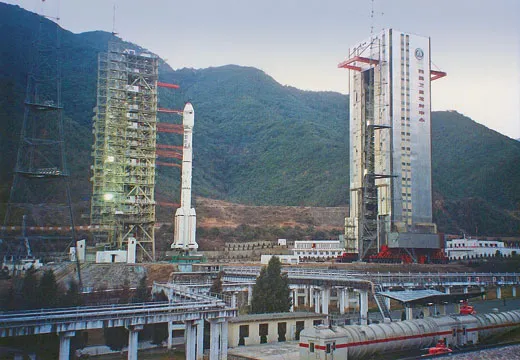
A semi-festive mood also prevailed in the assembly shop building where the Intelsat-708 satellite was being pre-launched. Many American engineers wore their lucky T-shirts. The flight control center even decided to postpone the launch time of the Chang Zheng-3B rocket (it was its debut flight) from 2:51 to 03:00 local time, as the number three is associated with good luck in China.
The magic of numbers and rituals did not work though. In the first seconds after the launch, it became obvious that it would turn into a disaster. As soon as it left the launch pad, Chang Zheng-3B sharply deviated from its course and, like a cruise missile, rushed toward a village five kilometers from the spaceport, near which aforementioned the hotel for foreigners was situated. Twenty-two seconds after the launch, the 426-ton carrier hit the ground and exploded, creating a huge fire cloud.
The explosion shook everything around it, destroying the glass entrance of the assembly building. Immediately after the disaster, the ventilation systems were shut down and all personnel inside put on gas masks to protect them from the toxic fumes of the rocket fuel. Fortunately, the wind blew them away.
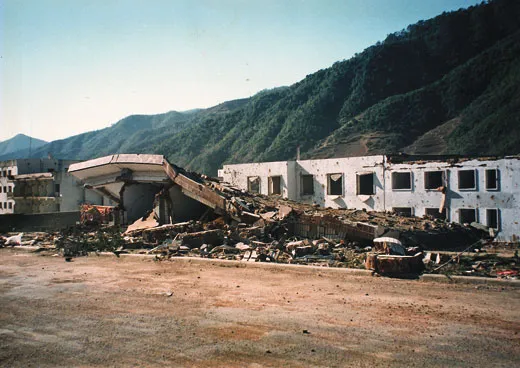
After sunrise, some Americans, armed with poisonous substance detectors, went on a reconnaissance mission. They managed to bypass the military cordons and get to the hotel. According to them, the rocket’s fragments had shredded the entire building, making huge holes in it, and toppled all the trees in the area.
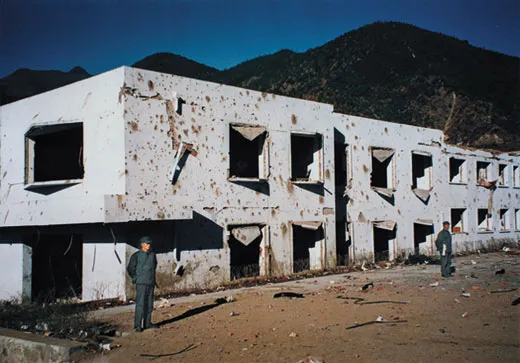
But the main impact was on the village located near the entrance to the cosmodrome. Not a single house was left standing. A video made that day shows a landscape reminiscent of the aftermath of a nuclear bombing.
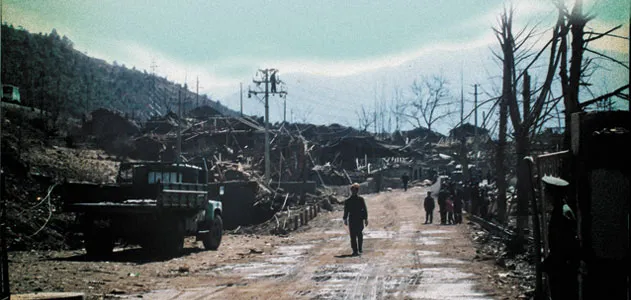
Surprisingly, most of the Intelsat-708 satellite survived the explosion. Apparently, the satellite’s payload had detached from the rocket shortly before impact. So over the next few weeks, American experts combed the outskirts of Xichang in search of the surviving fragments of the spacecraft, which were then transported to the United States. Some of the survivors later had to undergo medical treatment due to toxic fuel residues.
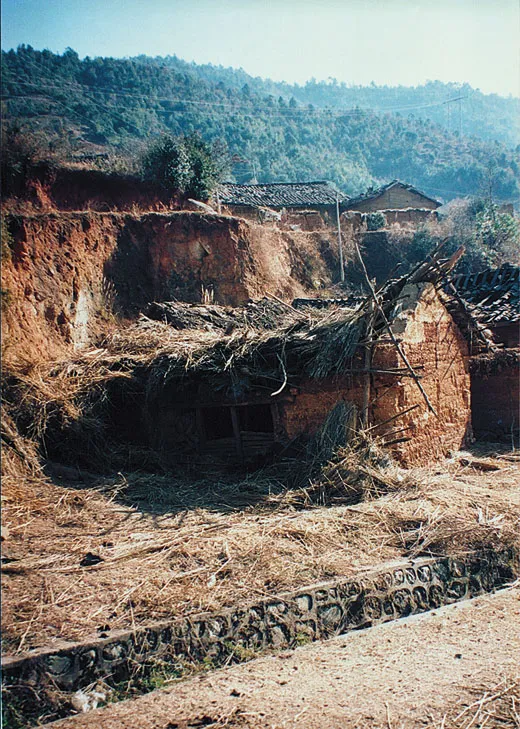
Two weeks after the accident, the Chinese media published a small report that 6 people were killed and 57 injured as a result of the Chang Zheng-3B crash. Western experts were extremely skeptical of these figures. Witnesses reported seeing dozens of ambulances and a large number of military trucks carrying bags of human remains. According to some estimates, dozens, and possibly hundreds of local residents could have died as a result of the disaster. The Chinese authorities categorically rejected accusations of concealing the scale of the tragedy. According to its representatives, all residents of the village were evacuated in advance before the launch. However, the Americans who were at the launch site on that unfortunate day completely disagree with this statement.
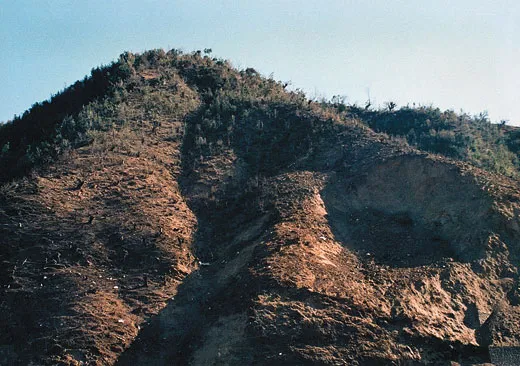
We will probably never know exactly how many lives were lost in the Xichang disaster. But we do know that the Chinese authorities did everything they could to cover up its traces as quickly as possible. The remains of the village were promptly demolished. It is said that a year after the accident, almost nothing reminded us that people had recently lived there. Not a single memorial was erected at the site of the rocket crash, and the Chinese media never mentioned the tragedy again.
Two investigations and the results of the disaster
Initially, Chinese experts called the cause of the Chang Zheng-3B crash a defect in the inertial measuring unit. However, the company that insured the launch disagreed with this assessment and demanded an independent international examination, which found another cause related to a malfunction in the launch vehicle’s navigation system. As a result, the Chinese authorities surprisingly quickly agreed with the experts’ conclusions, and confirmed their conclusion in the final report.
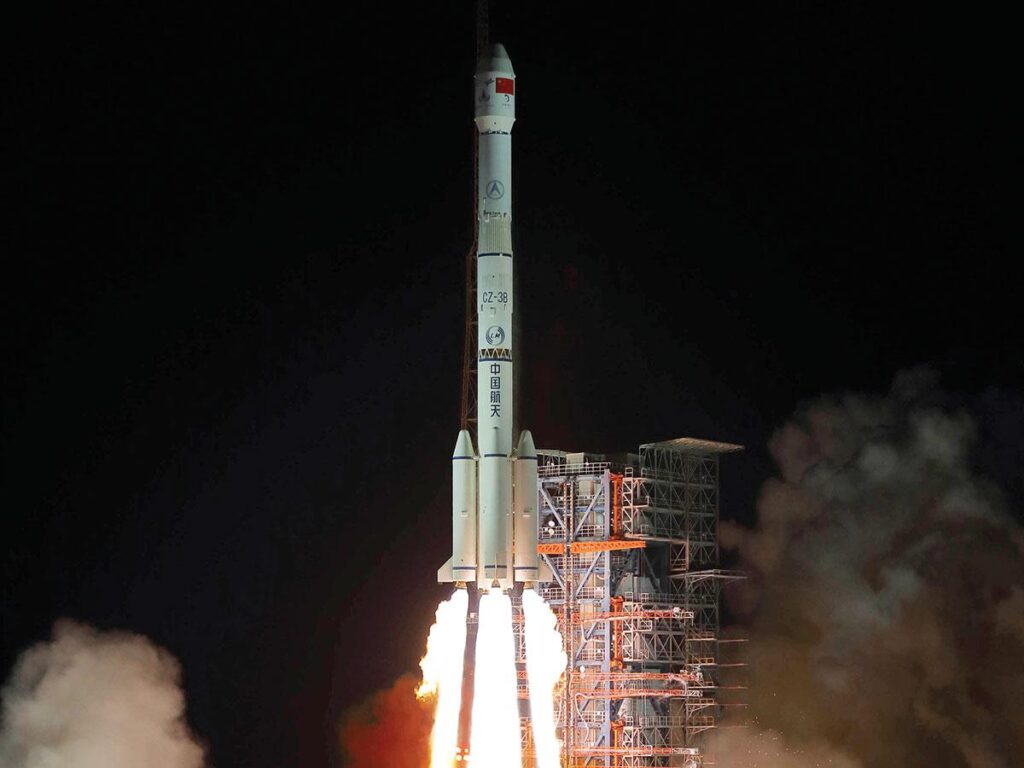
However, the story did not end there. Two consecutive high-profile disasters with human casualties caused a significant public outcry in Western countries and led to the fact that in 1997 the US military initiated its own investigation to determine whether cooperation with China had harmed US national security. Contracts were examined, documents were collected, and witnesses were interviewed.
Especially many questions arose in the course of disaster investigations. The doubts were not about the correctness of the experts’ conclusions, but about the general technical information provided by American companies to China to help establish the causes of the accidents. The Pentagon said that this information could have been used by the Chinese army to improve the performance of ballistic missiles. In addition, suspicions were raised that the Chinese could have gained illegal access to satellite components (including encryption systems), which also harmed US national security.
Of course, China has denied all accusations. It should be said that not everyone in the United States agreed with such loud statements. It was widely believed that the accusations were supported by manufacturers of US disposable rockets, who found it difficult to compete with cheaper Chinese carriers.
Whatever the case, the investigation resulted in the rapid reintroduction of restrictions on the export of rocket and satellite technology to China. In fact, the US government imposed a total embargo on the supply of space components and technologies to China, regardless of their importance. It was later supplemented by a number of additional restrictions. In 2011, Congress introduced a legal ban for NASA on any cooperation with China, its companies, or related organizations. Now, the US Aerospace Administration is even prohibited from using budget funds to organize visits by Chinese officials to its institutions.
All of these restrictions have not been lifted to date. Given the difficult relations between China and the United States, they are unlikely to be lifted in the near future. Thus, it can be stated that the Xichang disaster has put an end to the nascent cooperation between the two countries in space.
Although the Chinese government preferred to forget about the disaster, it did draw certain conclusions. In the following years, many technical improvements and various enhancements were made to the design of Chang Zheng rockets. The approach to organizing launches and ensuring safety measures was also changed. All this had a very positive impact on the reliability of Chinese launch vehicles. The same Chang Zheng-3B has since been used in 73 more missions. 70 of them were fully successful, two were partially successful, and only one launch ended in payload loss.
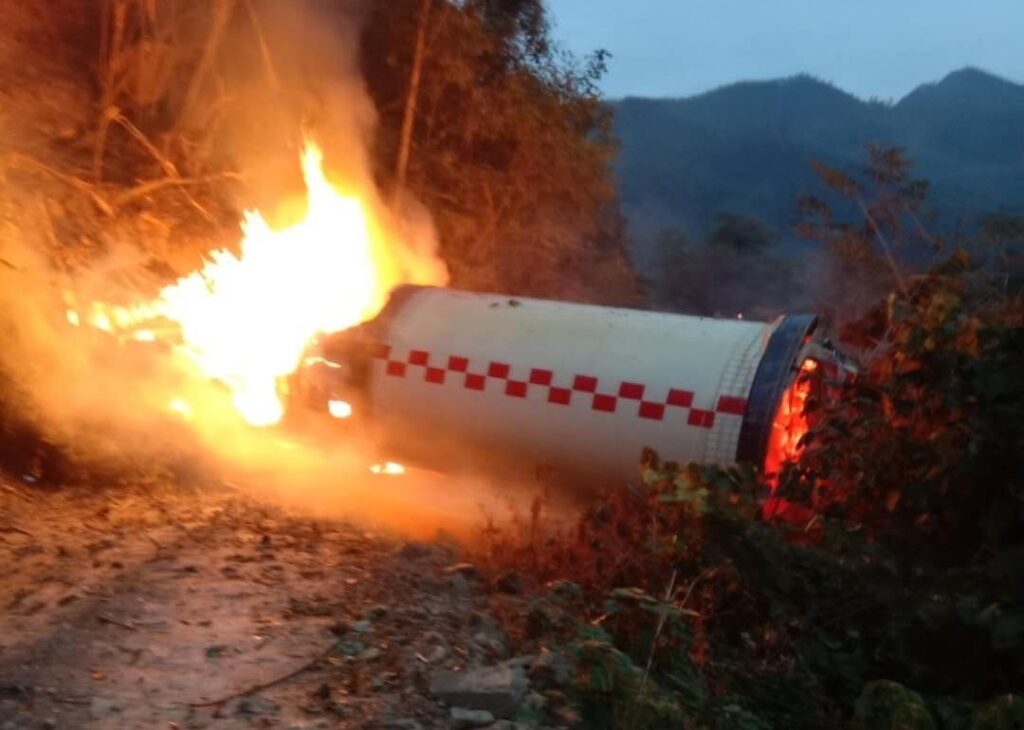
To date, the Xichang disaster remains the last known incident with human casualties in the history of Chinese astronautics. Even now, however, spent rocket components launched from Xichang continue to fall dangerously close to populated areas. This means that China still has a lot to do in terms of improving space flight safety.

